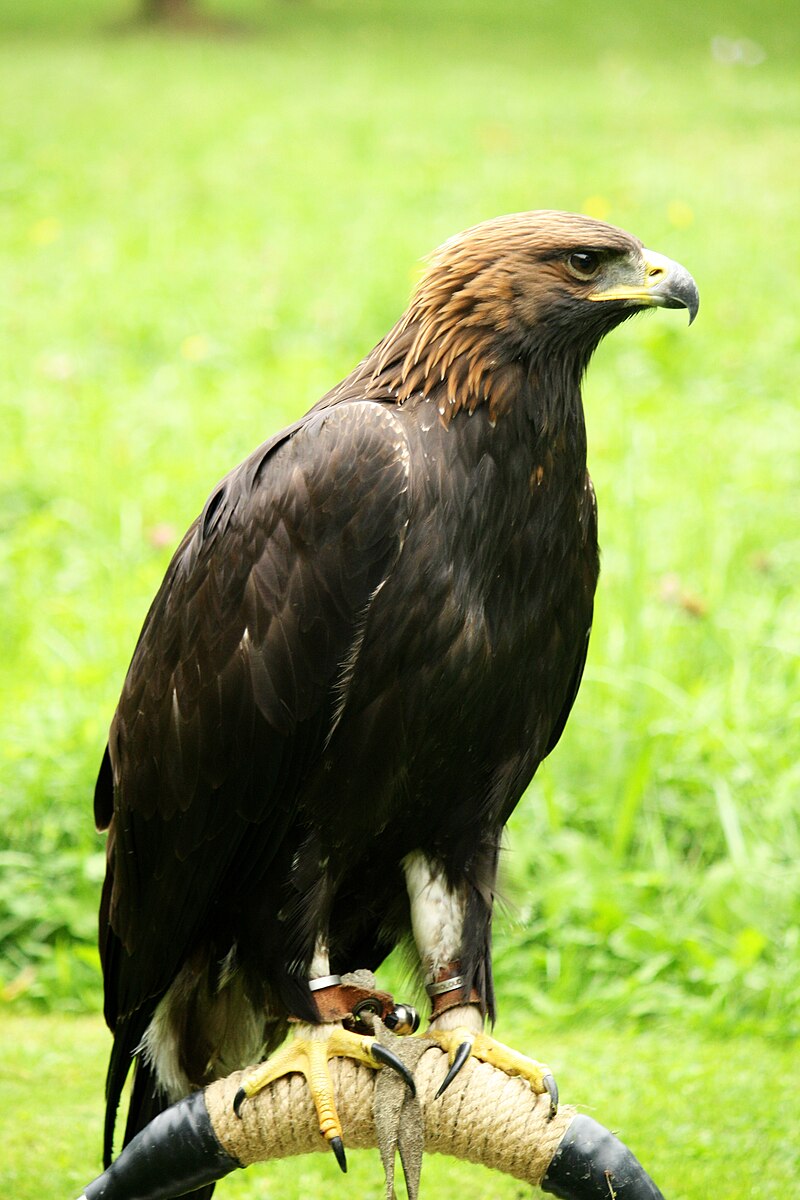Golden Eagles are known for their impressive migratory abilities, traveling vast distances from their nesting sites. In this blog post, we’ll explore the remarkable journeys these majestic birds undertake and the factors that influence their movements.
The Extensive Travels of Golden Eagles
Golden Eagles are capable of covering significant distances from their nests, with some individuals traveling over 2,500 miles to reach their breeding grounds. In Minnesota, wintering Golden Eagles have been observed making the long trek back to their nesting areas in the far Northwest. Similarly, in the Mojave Desert, these birds have been found to travel much farther, to different regions, and at varying times of the year than previously understood, with some individuals covering distances exceeding 100 miles from their nests.
Migration Patterns and Timing
 Image source: Golden Eagle by Atillak
Image source: Golden Eagle by Atillak
Golden Eagles are known for their impressive migration speeds, capable of flying at up to 50 to 55 kilometers per hour during their seasonal movements. Interestingly, immature birds often depart earlier in the autumn than their adult counterparts. The majority of Golden Eagle migration occurs in the fall, with peak numbers observed at Hawk Mountain Sanctuary in Pennsylvania the day after the passage of a cold front, typically in November.
Factors Influencing Travel Distances
Several factors contribute to the varying travel distances of Golden Eagles from their nests. These include:
-
Habitat Availability: Changes in land use, such as urbanization and agricultural development, can decrease the availability of suitable habitat and reduce prey populations, forcing Golden Eagles to travel farther in search of resources.
-
Human Disturbance: Increased human activity and disturbance around nesting sites can lead to nest abandonment, prompting Golden Eagles to seek out new breeding grounds and foraging areas.
-
Seasonal Variations: Golden Eagles may adjust their travel patterns and distances depending on the time of year, with some individuals covering greater distances during the breeding season or in search of food during the winter months.
Conservation Efforts and Challenges
The global population of Golden Eagles is estimated to exceed 120,000 individuals, with approximately 40,000 to 50,000 found in North America. While some regional populations are experiencing declines, the species is generally considered to be stable or increasing globally.
However, Golden Eagles face a range of threats that can impact their long-distance movements and overall conservation status. These include:
- Habitat Changes: Urbanization, agricultural development, and other land-use changes can reduce the availability of suitable nesting and foraging areas, forcing Golden Eagles to travel farther in search of resources.
- Human Disturbance: Increased human activity and development near nesting sites can lead to nest abandonment and disrupt the birds’ natural behaviors.
- Electrocution and Collisions: Golden Eagles are at risk of electrocution from power lines and collisions with vehicles and man-made structures, which can result in injury or death.
- Poisoning: Exposure to toxins, such as lead and pesticides, can also pose a threat to Golden Eagle populations.
Conclusion
The remarkable journeys of Golden Eagles, with some individuals traveling over 2,500 miles from their nests, are a testament to the species’ adaptability and resilience. However, the conservation challenges they face, including habitat loss, human disturbance, and various threats, highlight the importance of continued research and protection efforts to ensure the long-term survival of these magnificent birds.



